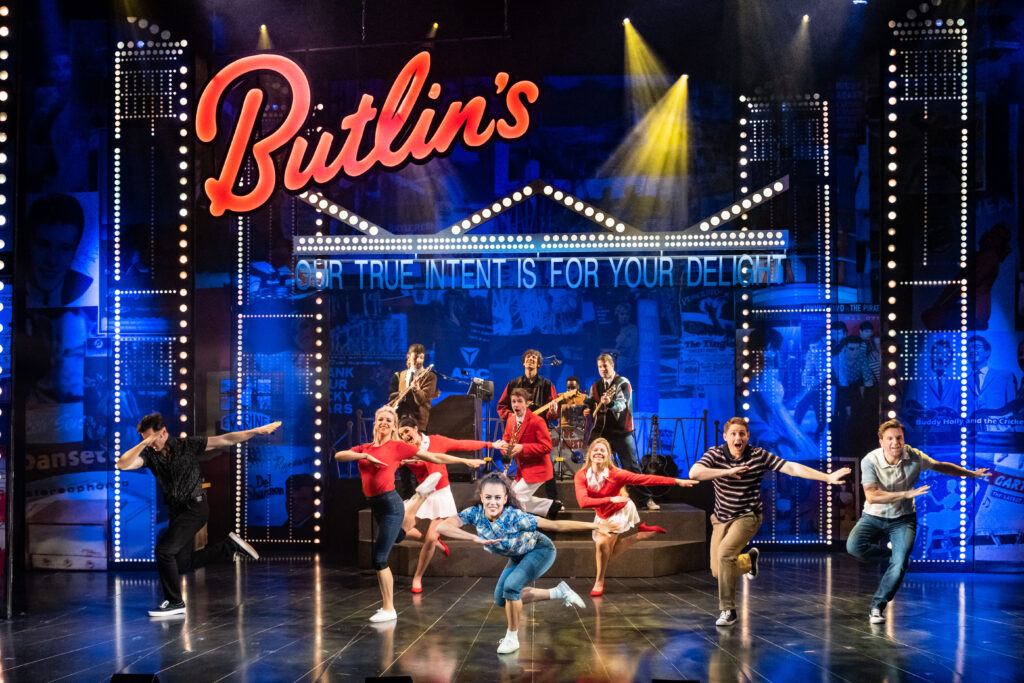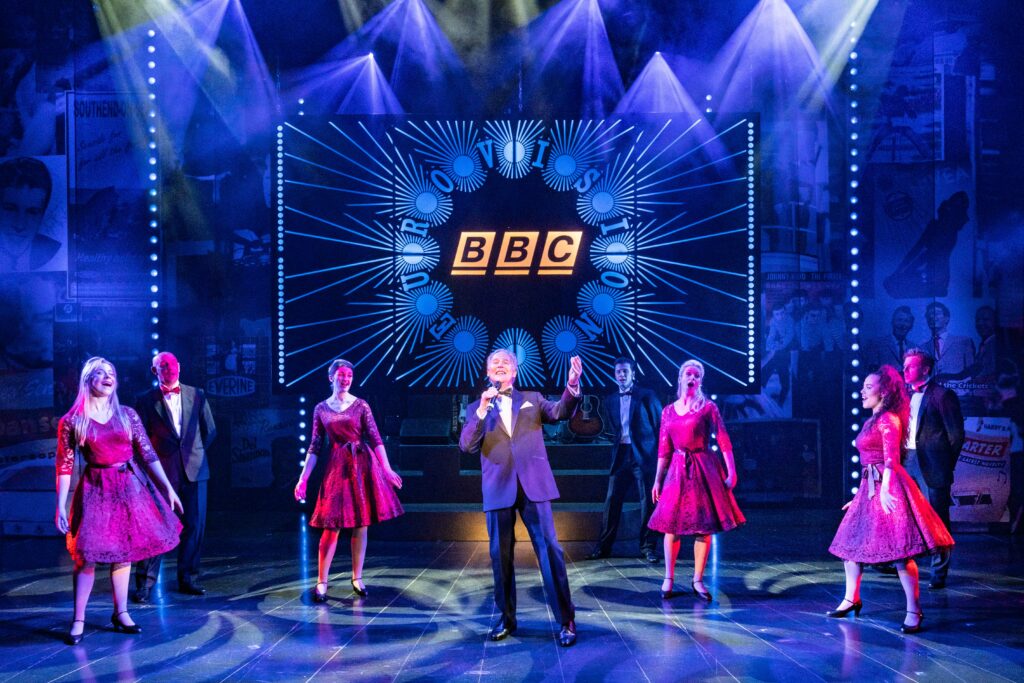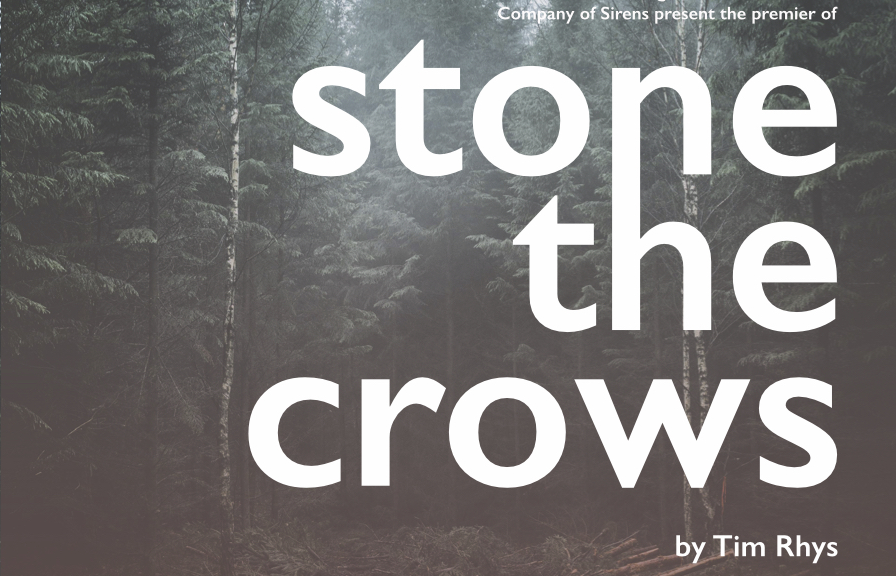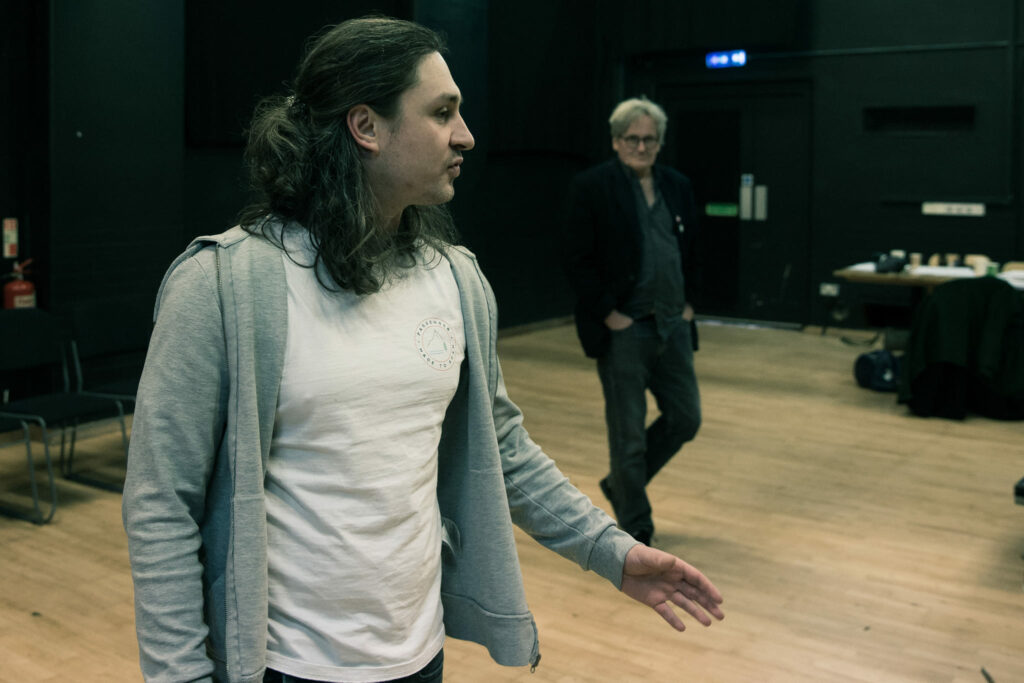
Orbit Theatre has dazzled and delighted Cardiff audiences for five decades and counting. As Wales’ number one amateur theatre company, it’s staged productions of everything from Grease to Godspell, and now Orbit is back at the New Theatre with an enchanting new version of L. Frank Baum’s The Wonderful Wizard of Oz.

The story follows Dorothy Gale, a young girl from Kansas who dreams of escaping her dreary existence. She gets her wish when a tornado sweeps her and her little dog, Toto, to the fantastical land of Oz, a place filled with lions and tigers and bears – oh my! With a pair of magical ruby slippers and three new friends – a scarecrow, a tin man, and a cowardly lion – she heads to the Emerald City to meet the only person who can grant her wish to return home: the great and powerful Wizard of Oz – that is, unless the Wicked Witch of the West doesn’t catch her first.

Directed by Rob Thorne Jnr, the show is every bit as magical as the beloved movie starring Judy Garland. It’s hard to believe this is an “amateur” production because everyone both onstage and behind it is working at such a professional level. As Dorothy, Sophie Baker steps into the iconic ruby slippers with ease and sings an enchantingly beautiful rendition of Over the Rainbow, leaving not a single dry eye in the house. Her duet with Paige Hodgson’s glamorous Glinda the Good Witch is a highlight, as are her interactions with the Wizard himself (Lewis Cook). The timeless songs you know and love all sound incredible here – everything from We’re Off to See the Wizard and the Merry Old Land of Oz to If I Only Had a Brain / a Heart / the Nerve.

Dorothy’s new friends are all on top form, from Daniel Ivor Jones’s nimble Scarecrow to Fran Hudd’s graceful Tin Man, and especially Matthew Preece as the Cowardly Lion, who has all of Bert Lahr’s mannerisms down pat (you’ll truly believe he’s The King of the Forest). The Gatekeeper might have been a throwaway role in other hands than Joe Green’s, who brings a real star quality to his scenes, while Deryn Grigg is devilishly good as the Wicked Witch of the West. Orbit’s talented young cast bring spirit and spectacle to the stage as munchkins and monkeys and trees – oh my! – and really deliver on Nicola Boyd-Anderson’s fabulous choreography. No-one, however, steals the show more than the adorable Ella as Toto who is easily one of the cutest canines to ever grace the stage – not to mention the most mischievous.

Orbit has won countless awards and has launched numerous careers, but their real magic comes from the fact that they make dreams come true. Their ‘Open Audition’ process means that newcomers have the opportunity to tread the boards and learn from the best. Dorothy’s story tells us that while there’s adventure to be found over the rainbow, there really is no place like home – and there’s no show quite as charming as The Wonderful Wizard of Oz. If you and your family want a little bit of magic and a lot of fun this half term, then all you have to do is click your heels three times and follow the yellow brick road to the New Theatre.
Review by
Barbara Hughes-Moore
Get the Chance supports volunteer critics like Barbara to access a world of cultural provision. We receive no ongoing, external funding. If you can support our work please donate here thanks.



 (3 / 5)
(3 / 5)

















 (5 / 5) Unmissable
(5 / 5) Unmissable  (4 / 5)
(4 / 5)










 (4.5 / 5)
(4.5 / 5)